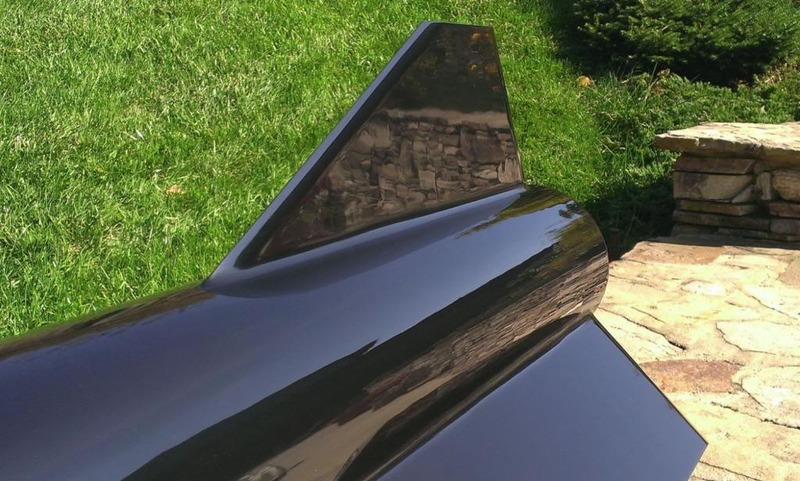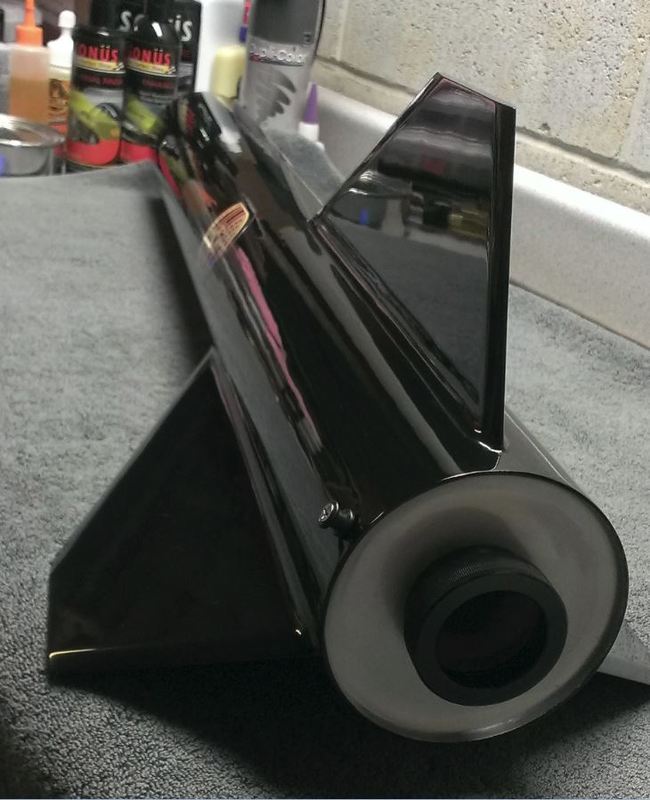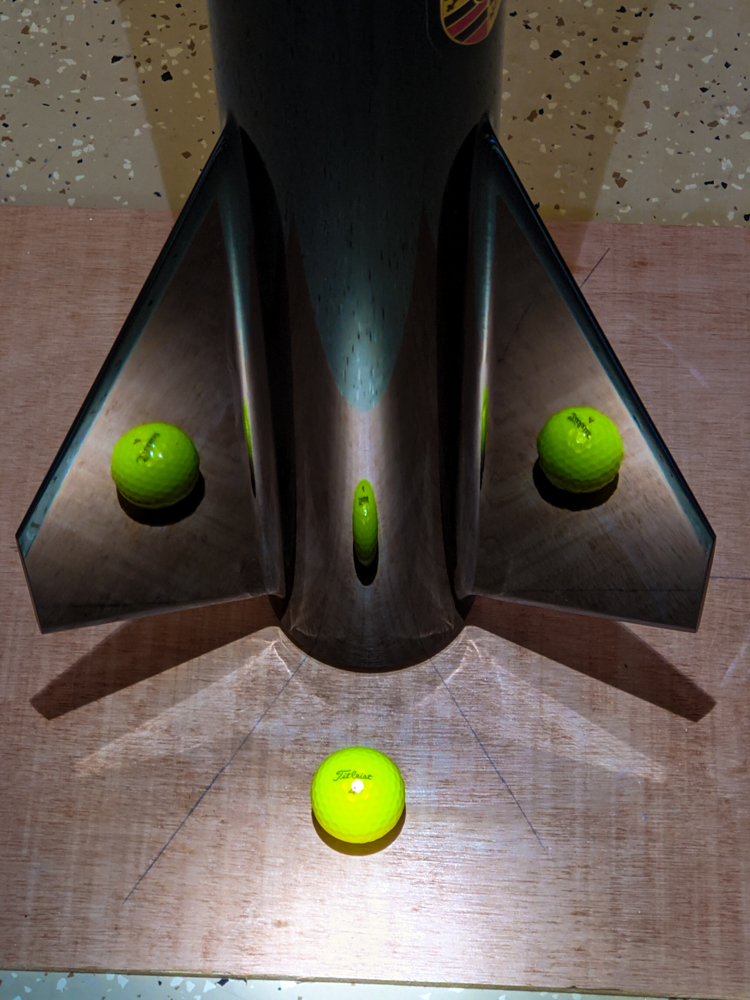Neutronium95
Well-Known Member
- Joined
- Jan 17, 2010
- Messages
- 1,082
- Reaction score
- 1,580
I'm going to spray it with the 2k clear coat tomorrow morning. Are there any guides on how to polish it?
I also can't find the 12" mylar parachute I used for the first flight. I have a 9" nylon that should work, but I am a bit concerned about breaking a fin on landing with it. I know people have flown very similar rockets just fine with a 9" parachute, and the playa will be a bit softer than the rocks it landed on last time, but I'm still mildly concerned. Mostly just kicking myself for not realizing sooner and ordering a new one.
I also can't find the 12" mylar parachute I used for the first flight. I have a 9" nylon that should work, but I am a bit concerned about breaking a fin on landing with it. I know people have flown very similar rockets just fine with a 9" parachute, and the playa will be a bit softer than the rocks it landed on last time, but I'm still mildly concerned. Mostly just kicking myself for not realizing sooner and ordering a new one.













